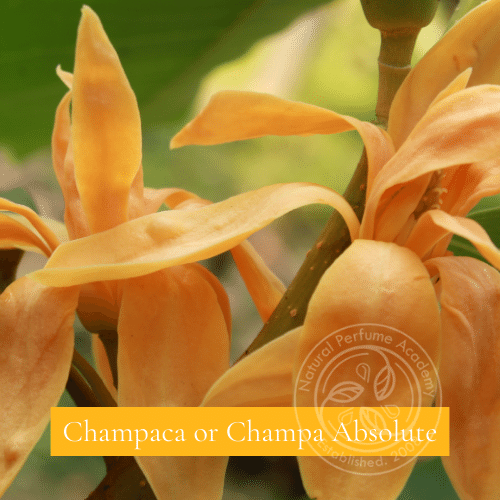Natural Perfume Academy Main Glossary

Welcome to the Natural Perfumery Glossary
The Natural Perfumery Glossary is a comprehensive public resource designed for all natural perfumers, whether you're a seasoned professional or just beginning your journey. This glossary serves as an educational tool, offering detailed definitions and insights into a wide range of natural perfume materials and terms.
Our entries cover various aspects crucial to the art and science of natural perfumery, including:
- Description and Characteristics: Detailed profiles of natural ingredients, including their origins, extraction methods, and unique olfactory qualities.
- Blending Suggestions: Insights into what other materials a particular ingredient pairs well with, helping you create harmonious and well-rounded compositions.
- Usage and Applications: Practical advice on how to incorporate each ingredient into your perfume creations.
- Safety and Regulatory Issues: Important information on the safe use of materials, including any relevant regulatory considerations.
At the Natural Perfume Academy, we are committed to fostering a deep understanding of natural perfumery through education and certification. Our glossary is a testament to this commitment, providing a valuable reference to support your ongoing learning and mastery of natural perfume making. Explore the glossary to enhance your knowledge and craft exquisite, all-natural fragrances with confidence.
Special | A | B | C | D | E | F | G | H | I | J | K | L | M | N | O | P | Q | R | S | T | U | V | W | X | Y | Z | ALL
C |
|---|
Champaca or Champa Absolute | ||
Chord | ||
Chypre | ||
Citrus Notes | ||
Classic | ||
Clove | ||
Cloying | ||
CO2 ExtractionTitle: CO2 ExtractionCO2 extraction, also known as supercritical carbon dioxide extraction, is a modern and efficient method used to obtain fragrant compounds from natural raw materials. This process involves the use of carbon dioxide (CO2) at low temperatures and high pressures to act as a solvent.In the supercritical state, CO2 possesses unique properties of both a liquid and a gas, enabling it to penetrate plant materials more effectively than traditional solvents. This method offers several advantages:
CO2 extracts are highly prized in natural perfumery for their rich, true-to-nature aroma profiles. They often contain a more comprehensive range of aromatic components compared to essential oils obtained through steam distillation, providing greater depth and complexity to the fragrance. Due to the precision and high quality of the extracts, CO2 extraction is commonly used for botanicals like frankincense, rose, chamomile, and vanilla, among others. These extracts contribute significantly to the creation of sophisticated and authentic natural perfumes. In summary, CO2 extraction is a state-of-the-art technique that harnesses the power of carbon dioxide to produce highly aromatic and pure extracts, enhancing the palette of natural perfumers with superior quality ingredients. | ||
Cologne | ||










